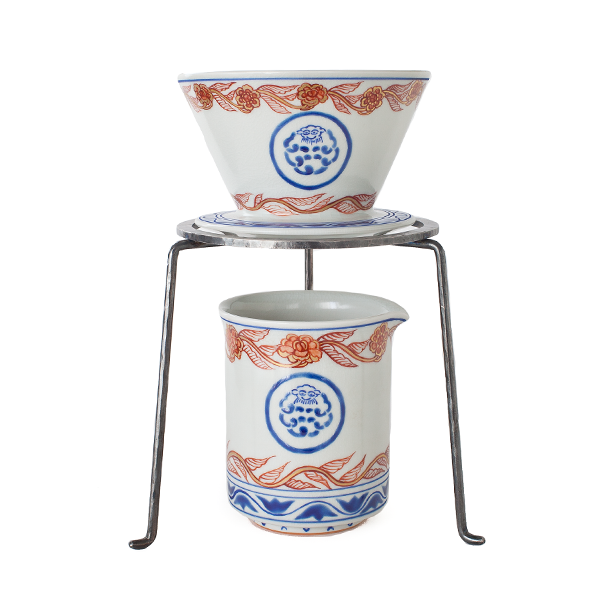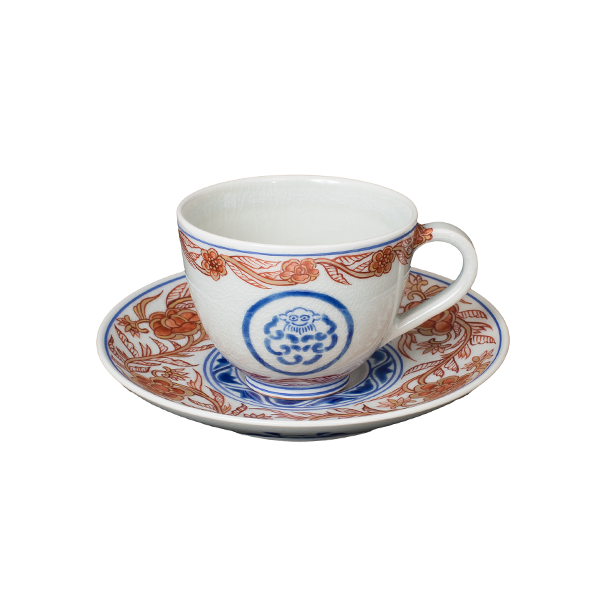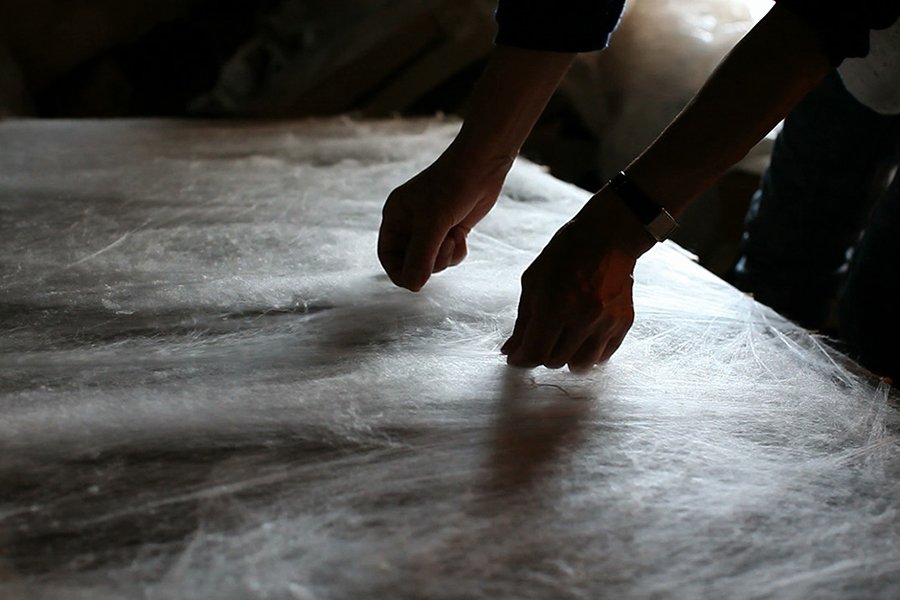Dissertation
Kutani Ware
The Kutani Kosen pottery kiln in Kanazawa, where the tradition of Kutani ware continues to be preserved today. All of the drippers, cups, and saucers found at little cloud coffee have been manufactured using the Kutani Kosen porcelain kiln, which was established in 1870 (3rd year of the Meiji Era).
| Category: | Products |
|---|
| Date: | 2016.11.08 |
|---|
| Tags: | #kutaniware #littlecloudcoffee |
|---|
The Kutani Kosen pottery kiln in Kanazawa, where the tradition of Kutani ware continues to be preserved today. All of the drippers, cups, and saucers found at little cloud coffee have been manufactured using the Kutani Kosen porcelain kiln, which was established in 1870 (3rd year of the Meiji Era). To this day, all aspects of the manufacturing process, ranging from the wheel-type molding, glazing, glost firing, and overglaze painting processes, are done by hand using this kiln. One can truly feel the relevance of the tradition behind the craft from the skillful techniques of the potters who carefully shape the ceramics on their pottery wheels as well as the beautiful brushwork of the artists who create detailed patterns and realistic images on each piece.
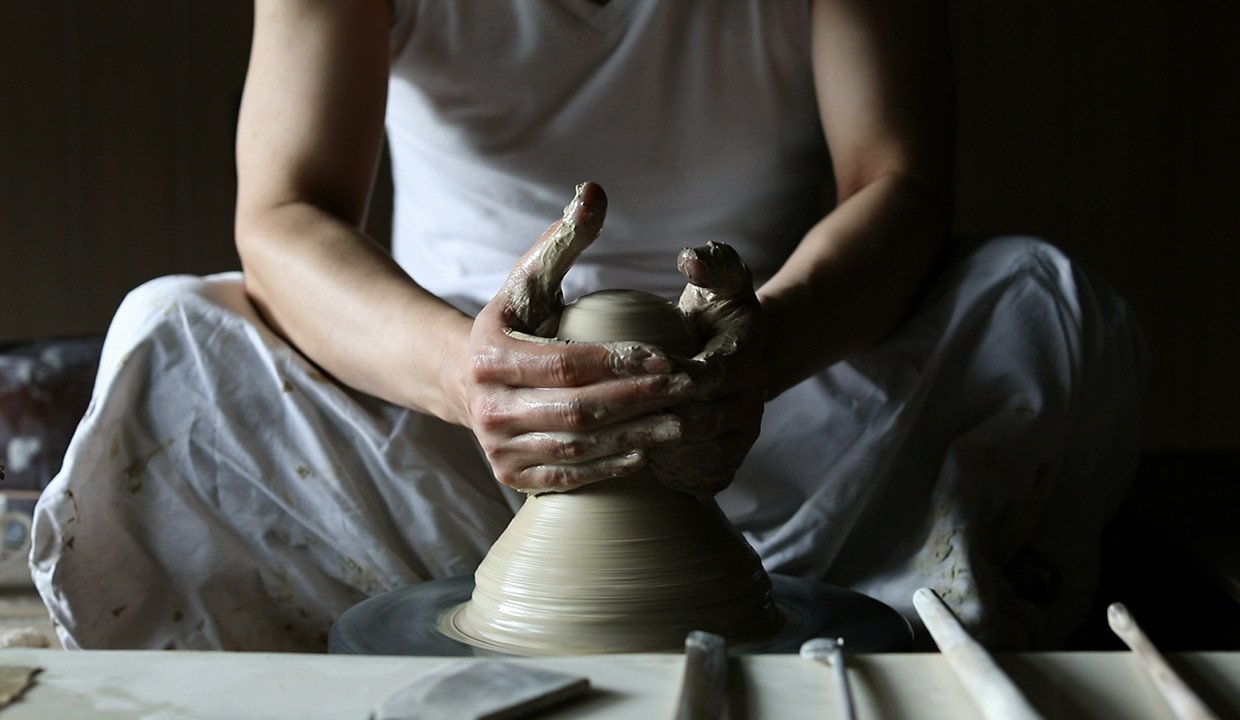
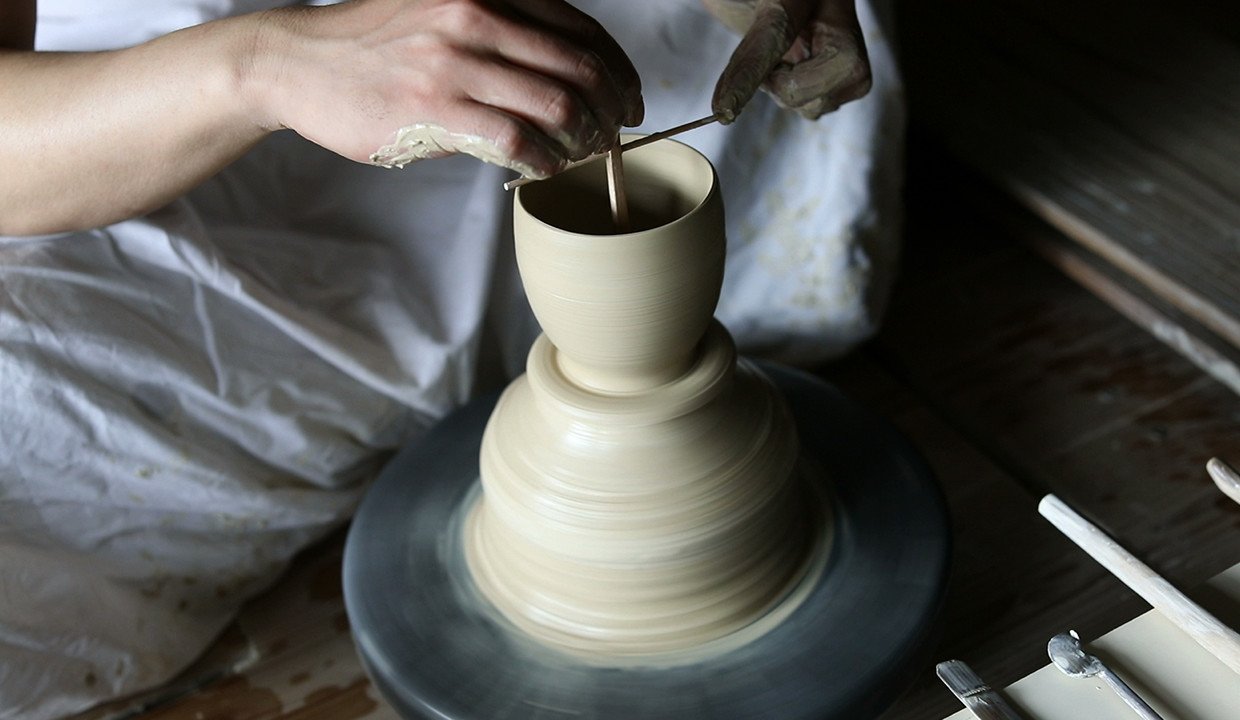

The history of Kutani ware can be traced all the way back to 1655, during the early Edo period. According to tradition, stones suitable for making porcelain were discovered in the Kutani (present-day Yamanaka, Ishikawa Prefecture) mines. Goto Saijiro, a member of the Maeda clan and one of the best known potters of Kutani, was sent to the Arita district of Hizen under the command of Lord Maeda Toshiharu, ruler of the Kaga domain, to learn the art of making porcelain. It is believed that the traditional style of Kutani ware was established after he incorporated the techniques that he learned during this time.
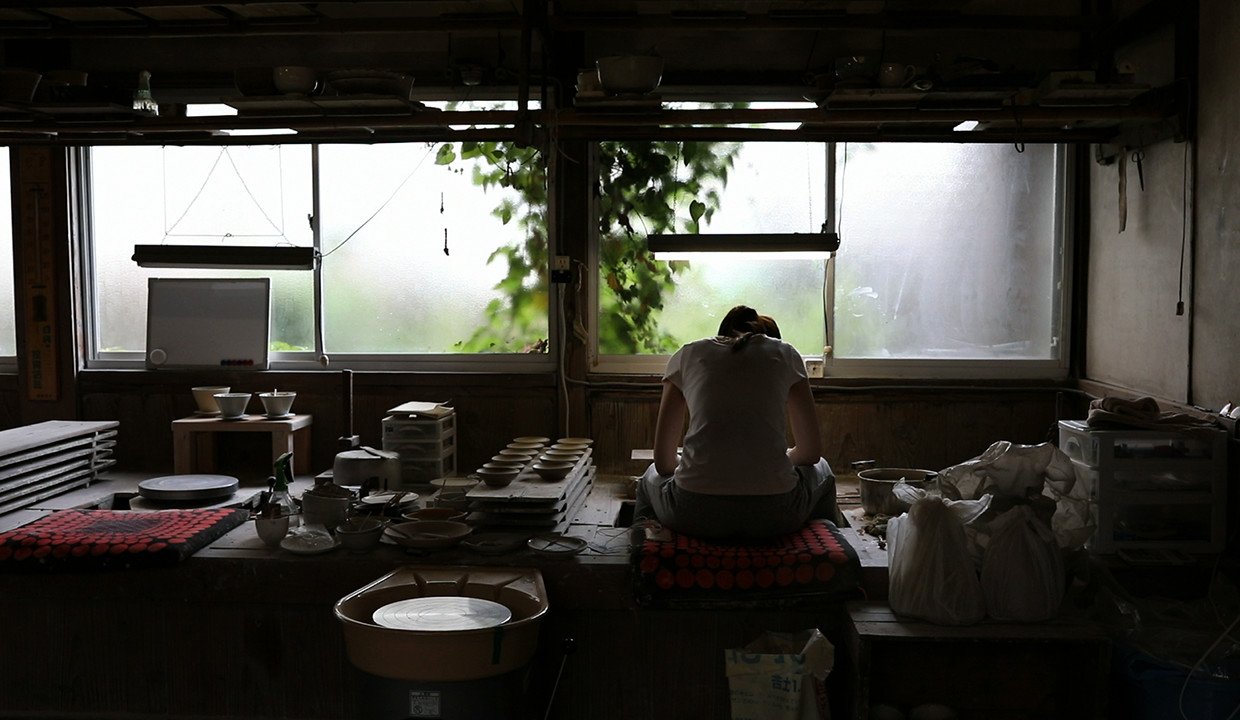

However, the Kutani Kosen porcelain kiln established by Goto Saijiro was suddenly closed down during the early 1700s. There are various theories on the reasons why the kiln was closed down, including financial difficulties of the Daishoji domain and changes in policies due to the appointment of a new feudal domain, but the real reason is still up for debate. Porcelains made during this half century became known as Ko-Kutani (meaning "Old Kutani"), and is considered to be one of Japan's most iconic styles of colorfully decorated porcelain due to its distinct and powerful beauty.
The period of Saiko Kutani, meaning "the revival of Kutani" began with the Kasugayama Kiln in the city of Kanazawa, approximately 80 years after the Ko-Kutani style was discontinued. Various styles emerged during this period, including the Mokubei style of the Kasugayama Kiln, the Yoshidaya style, considered to be a revival of the Ko-Kutani style, the Miyamoto style, known for its use of red paint to draw images, and the Eiraku style, which is also sometimes referred to as kinran-de (gold technique) style.
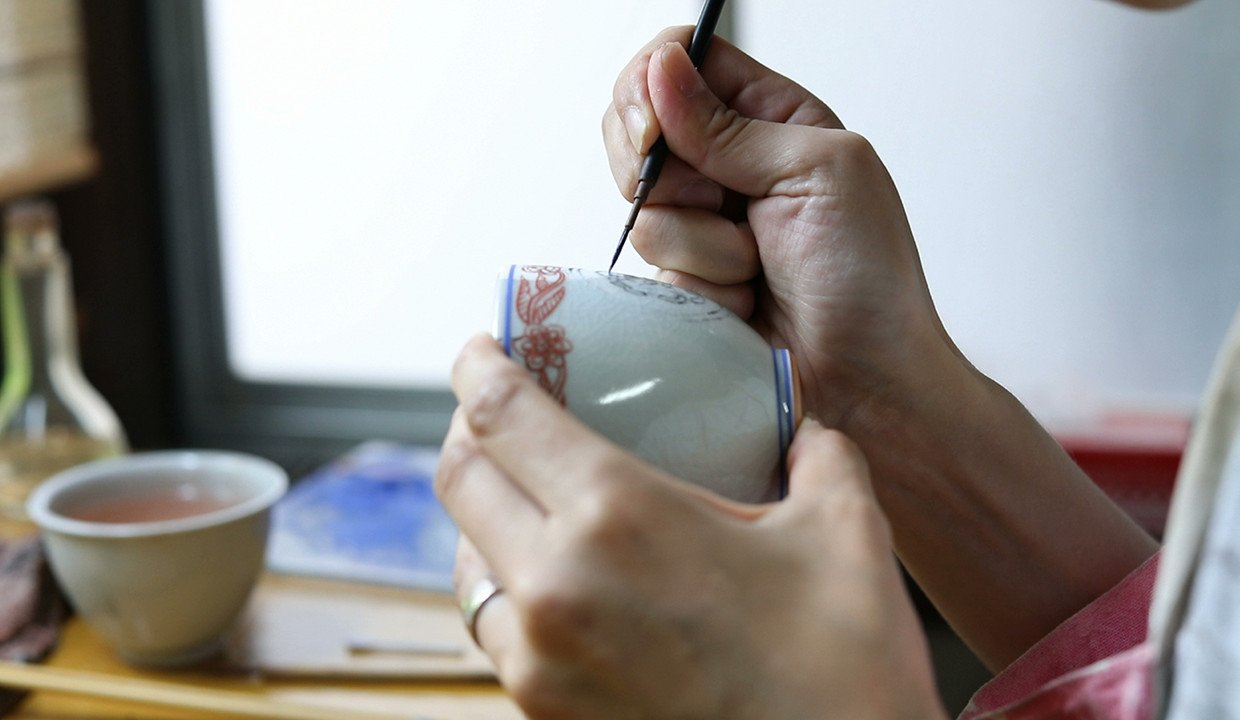


During the Meiji period, feudal lords stopped providing funds and support for pottery, which forced artisans to self-sustain their operations and paved the way for the rise of Kutani potters as independent artists. The craftsmen of the former Daishoji domain continued to brush up their skills and techniques, and developed a reputation across Japan as skilled "fine arts and craft artists". Among the many master craftsmen emerged a group of exceptionally outstanding artists such as Takeuchi Ginshu and his brother Asai Ichimo, as well as Suda Seika 1st, who taught ceramics to Kitaoji Rosanjin, who himself had already made a name for his role in literature and the culinary arts. These men all served as leaders for the next generation of artists with their innovative overglaze enamel techniques. In addition, thanks to the works of other artists during this period such as Kutani Shoza and Dokai Saida, large amounts of Kutani ware porcelain was produced and exported throughout the rest of the world.
Today's Kutani ware inherited the style of painting on china using the kilns of each respective era and style, while creating a variety of vessels to match new and modern lifestyles that allowed a lively increase in the volume being produced.
